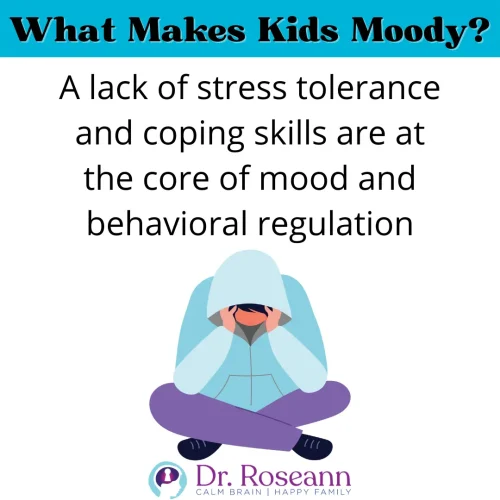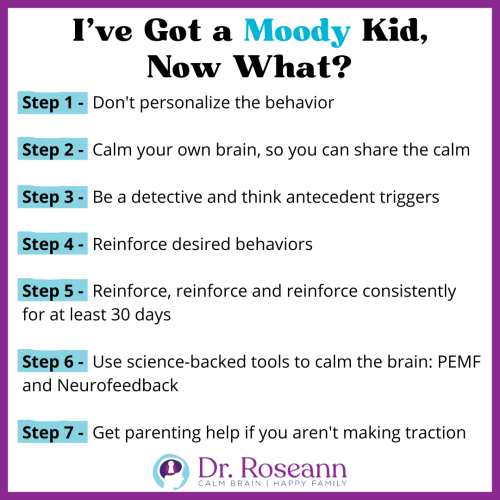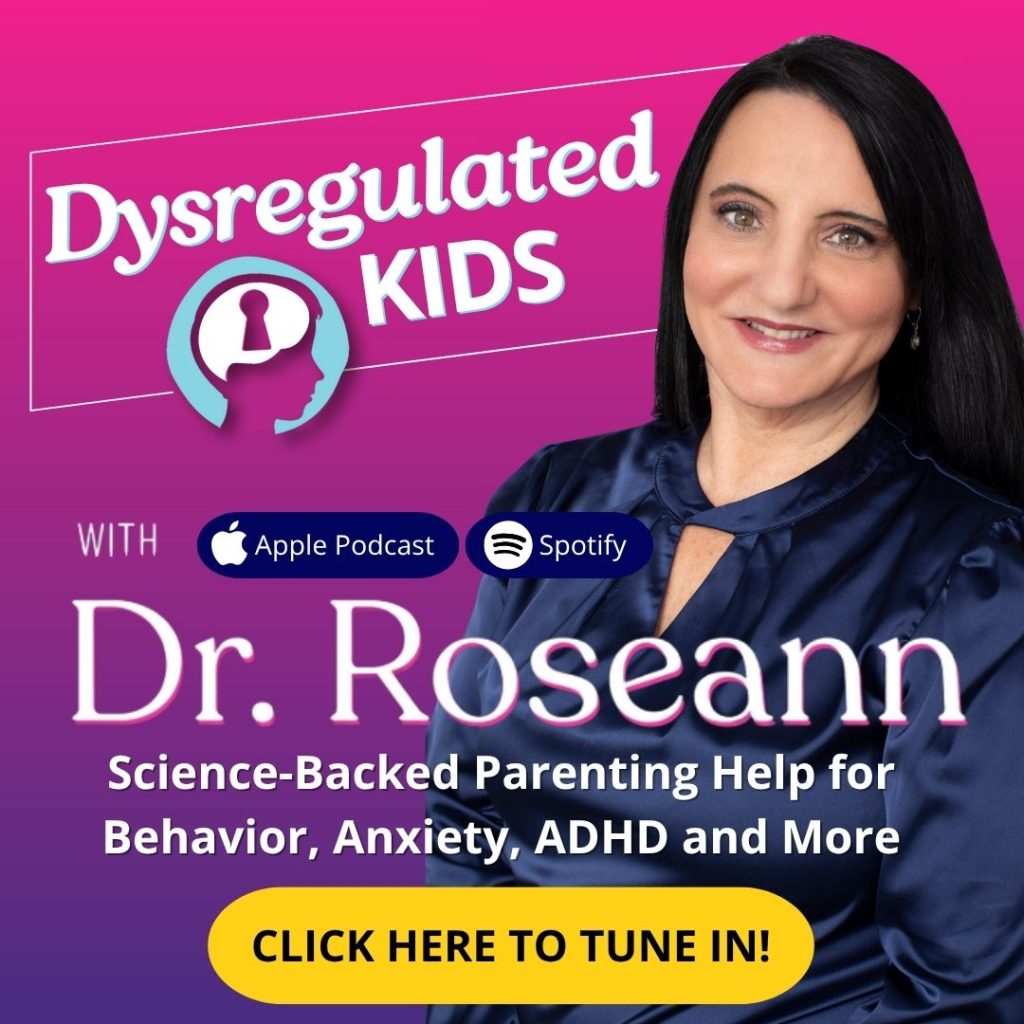Estimated reading time: 8 minutes
If your child’s moods are unpredictable and you feel like you’re walking on eggshells, you’re not alone. Many parents wrestle with mood swings in children and wonder: when is it “just a phase,” and when is it something more serious?
In this post, you’ll learn:
- Why mood swings in children happen
- 17 possible causes (from diet to diagnoses)
- How to tell if a mood change is a red flag
- Practical, science-backed strategies to help your child regulate
- When to seek professional support
Let’s demystify this together—because it’s not bad parenting—it’s a dysregulated brain.
What Exactly Do We Mean by “Mood Swings in Children”?
Mood swings refer to rapid, sometimes dramatic shifts in emotional states—happy one moment, tearful or irritable the next.
- These often happen without warning and may feel disproportionate to the triggering event.
- Children (especially younger ones) are still developing the brain circuits for self-regulation, so these shifts are common.
- In some cases, though, mood swings can be a sign of emotional dysregulation linked to neurodevelopmental or mental health conditions.
Recent research confirms that early irritability is closely tied to emotion regulation skills and the quality of parent–child relationships, suggesting that children’s ability to manage mood is shaped as much by environment as by biology (Li et al., 2023).
Why Does My Child Go From Happy to Angry So Fast?
This is one of the toughest parts of parenting a child with emotional sensitivity. There are a few brain and developmental reasons behind it:
- Immature emotional circuitry: The prefrontal cortex (which helps with impulse control) develops later than the emotional (limbic) parts of the brain.
- Low stress tolerance or frustration tolerance: If your child has weak stress buffers, small disappointments can trigger big reactions (poor “stress tolerance”)
- Lack of emotional vocabulary or awareness: If children can’t name or understand what they feel, they often act it out.

Children living in unpredictable or overstimulating environments—like homes with high noise, clutter, or inconsistent routines—also struggle more with regulating their moods. A 2024 study found that household chaos directly affects children’s social and emotional adjustment by impairing emotion regulation (Cai & Meng, 2024).
What Are Common Causes (And Lesser-Known Ones)?
Here are 17 possible causes of mood swings in children (grouped):
A. Basic physiological or environmental causes
- Sleep deprivation — even small losses of sleep make children emotionally volatile
- Hunger or poor nutrition / low blood sugar
- Food sensitivities, nutritional deficiencies (iron, B12, magnesium)
- Screen overuse or overstimulation
- Sensory overload (sounds, sights, textures)
- Hormonal changes (pre-puberty/adrenarche, puberty)
- Physical illness or pain (ear infections, gut distress, headaches)
- Life transitions or stressors (moving, divorce, new school)
B. Emotional or skill-based causes
- Poor coping or emotion regulation skills
- Low frustration tolerance / poor stress management
- Overprotective / bubble-wrap parenting (lack of autonomy exposure)
- Unresolved trauma or grief
- Anxiety or worry-based reactivity
C. Neurodevelopmental or clinical causes
- Attention-Deficit / Hyperactivity Disorder (ADHD)
- Autism Spectrum Disorder (ASD)
- Mood disorders, such as depression, bipolar spectrum, Disruptive Mood Dysregulation Disorder (DMDD)
- Obsessive-Compulsive Disorder (OCD), PANS/PANDAS, or other medical conditions
Children with neurodevelopmental differences often show higher levels of emotional dysregulation, which can manifest as mood swings or irritability. Evidence-based emotion regulation therapies have recently shown promise in helping children across diagnostic categories build calmer, more flexible responses (Sjöblom et al., 2025).
When Should I Worry—What Are the Red Flags?
Not every outburst is a red flag—but when emotions interfere with daily life, it’s time to take notice.
Watch for:
- Mood swings that last hours to days, not minutes
- Reactions that are extreme compared to peers
- Mood shifts in multiple settings (home, school, social)
- A persistent irritable mood during non-outburst periods (e.g. DMDD criteria)
- Loss of interest in previously enjoyed activities
- Sleep disturbances, changes in appetite
- Self-harm talk, aggression toward others, severe withdrawal
- Academic or social decline
| Warning Sign | Why It Matters | What to Watch For |
|---|---|---|
| Persistent irritability | Could indicate DMDD or depression | Child is “on edge” most days |
| Outbursts >3/week, lasting 30+ min | More than typical tantrums | Happens at home & school |
| Loss of function | Mood is interfering | Falling grades or avoided play |
| Self-harm thoughts/actions | Safety concern | Any talk or gesture of self-harm |
Case example:
Sam, age 8, had frequent rage episodes that lasted over 45 minutes, happened in both home and school, and left him exhausted. His parents pursued a DMDD evaluation, and therapy helped him build regulation skills.
Takeaway: when mood swings impair daily life, reach out for support.
How Can I Help My Child Regulate Mood Swings?

Here are actionable, warm, science-backed strategies you can start now:
A. Calm the brain first
- Sensory reset: use deep breathing, weighted blanket, motion breaks
- “Name it to tame it”: guide your child to name their feelings
- Safe space: create a quiet corner with soothing items
B. Build emotional skills
- Feeling check-ins: schedule daily “mood meetings”
- Emotion vocabulary toolbox: feels, frustrated, overwhelmed, calm
- Coping library: list 5 things to try when upset (e.g. jump rope, drawing)
C. Structure, boundaries, and predictability
- Consistent routine: helps emotional systems anticipate
- Clear expectations + natural consequences
- Choice within limits: “You can have water or juice, which do you prefer?”
D. Lifestyle supports
- Sleep hygiene: same bedtime, screen curfews
- Nutrition support: protein, healthy fats, balanced meals
- Movement breaks: 20 minutes of active play daily
- Mindfulness / grounding tools
E. Coaching, therapy, or group support
- Parent coaching (e.g. emotion coaching methods)
- Child therapy (CBT, play therapy, DBT skills for kids)
- Social-emotional learning groups
Online and home-based interventions are increasingly effective in helping children manage emotional dysregulation. A 2025 randomized trial showed that transdiagnostic, online emotion regulation programs can significantly reduce mood-related distress in children (Sjöblom et al., 2025).
When Should I Seek Professional Help?
You should consult a clinician (therapist, child psychologist, or psychiatrist) when:
- Mood swings persist for months and interfere with daily life
- You suspect a diagnosable condition (depression, DMDD, bipolar)
- You notice self-harm, suicidal thoughts, or aggression
- There is significant functional loss in school or relationships
When evaluating professionals, look for specialists with experience in child emotional regulation, ADHD, mood disorders, or trauma-informed care.
Mood swings in children are normal, especially as they develop emotionally—but they can also be signs of deeper struggles. Understanding the 17 possible causes, spotting red flags, and using calming, skill-building practices can shift your family’s trajectory.
FAQs
Are mood swings just part of being a teenager?
Many mood changes in adolescence are driven by hormonal shifts, identity stress, and peer pressure—that’s normal. If they’re persistent or severe, that’s where you look deeper.
Can diet really influence mood swings?
Yes—nutritional deficiencies or spikes/crashes in blood sugar can impact neurotransmitter levels and mood. That’s why a balanced diet is part of the toolkit.
How do I help an older child or teen talk about their mood?
Ask open-ended, gentle questions: “When did you begin to feel this way?” or “What helps you calm down?” Questions like these build emotional awareness.
What’s the difference between ordinary tantrums and DMDD?
Tantrums tend to be linked to a moment or trigger and resolve. DMDD involves persistent irritability and frequent, intense outbursts across settings over a long period.
Can therapy or coaching really help?
Yes—children can learn emotional regulation skills, and parent coaching can shift interactions. Over time, behavior becomes communication, regulation becomes resilience.
Citations
Cai, Z., & Meng, Q. (2024). Household chaos, emotion regulation and social adjustment in preschool children. Scientific Reports, 14(1), 12254. https://doi.org/10.1038/s41598-024-80383-5.
Li, Y., Han, S., & Zhou, R. (2023). Parent–child relationships and early childhood irritability: The mediating role of emotion regulation. Journal of Adolescence, 97, 34–44. https://doi.org/10.1016/j.adolescence.2023.04.002.
Sjöblom, K., et al. (2025). Online transdiagnostic emotion regulation treatment for emotional dysregulation in children: A randomized clinical trial. Frontiers in Child and Adolescent Psychiatry, 4, 12159777. https://doi.org/10.3389/frcha.2025.12159777.
Dr. Roseann Capanna-Hodge is a licensed mental health expert that is frequently cited in the media:
- What if it’s Not Depression (Video) Anxiety, OCD and Trichotillomania.
- Healthline A 30-Minute Workout May Help Relieve Some Symptoms of Depression
- E’s Highway to Health Show: Talk Back To Your Anxiety Listen now…
Always remember… “Calm Brain, Happy Family™”
Disclaimer: This article is not intended to give health advice and it is recommended to consult with a physician before beginning any new wellness regime. *The effectiveness of diagnosis and treatment vary by patient and condition. Dr. Roseann Capanna-Hodge, LLC does not guarantee certain results.
Are you looking for SOLUTIONS for your struggling child or teen?
Dr. Roseann and her team are all about science-backed solutions, so you are in the right place!
©Roseann Capanna-Hodge











